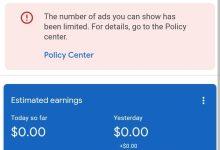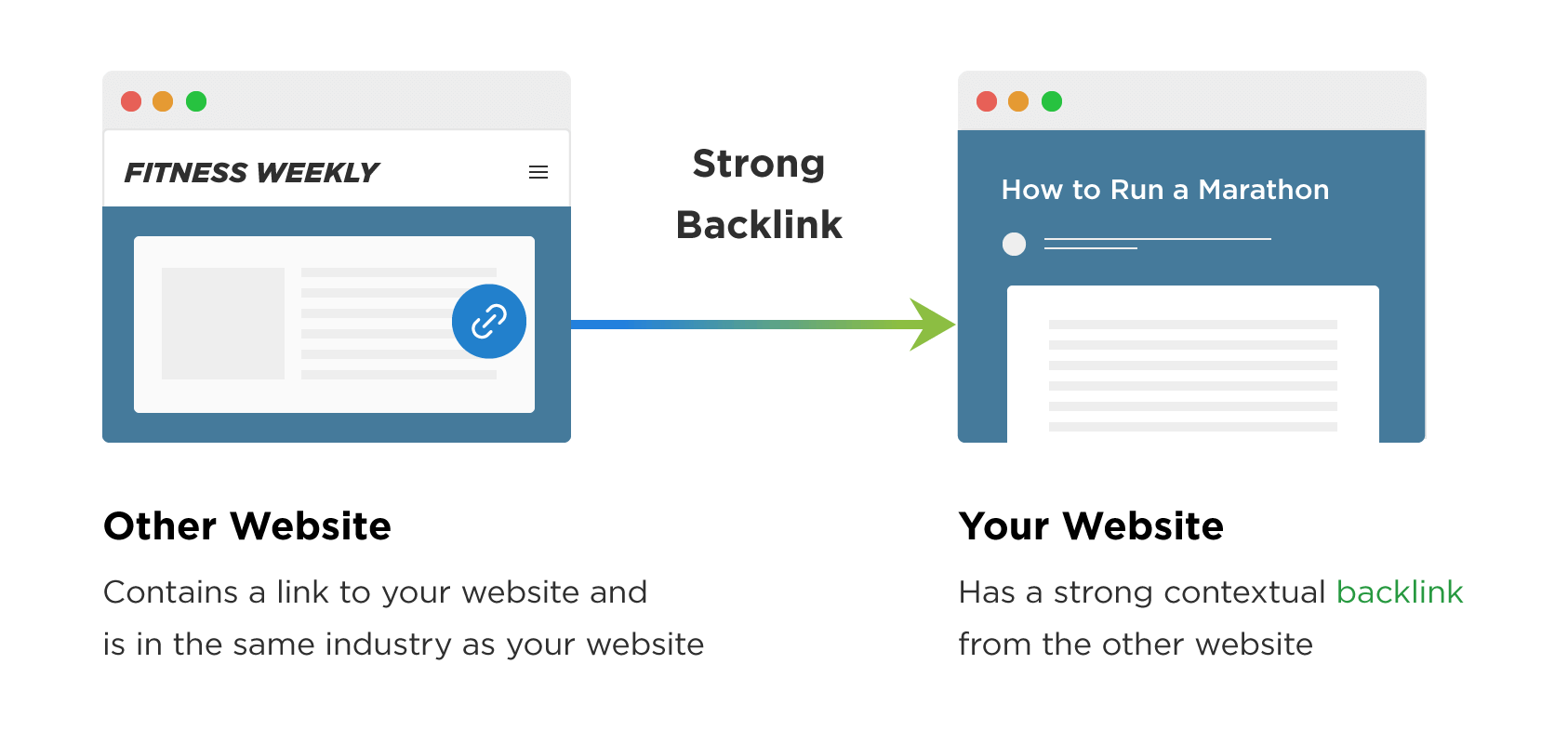10 Tips and Methods on How to Increase Blog Traffic
In this article, I am going to be talking about the 10 Tips and Methods I use to Increase my Blog Traffic.
Blogging Tips For Starting a New Blog
It’s good to do your keyword research before you start writing content. It would allow you to know what people are actually searching for and which keywords to focus on in your content. It’s best to use long-tail keywords, especially if your blog is under 8 months.
Do you know why? You’d like to get more easy rank keywords on LTK’s
I use Ahrefs to do my keyword research.
After you complete your Google SEO keyword research and have a list of Goggle keywords you want to target, it’s time to write! Your SEO keywords need to appear in your content. However, don’t overuse the keyword in your content so that it won’t look spammy.
Place your most valuable keywords in:
* Body of the text.
* Title
* Subheads
* Meta title
* Meta description
* Image ALT attributes
Anchor Text
After publishing a new blog, it’s advisable to link your new page from several other pages on your site, using your keyword as the anchor text. This makes it easy for Google crawlers to index and rank your page.
Link Building
After publishing the content with the on-page SEO instructions above, another thing you need to do is to build links to the content. It would help increase the visibility of your content and make it rank fast.
Make sure to create internally and build external links from outside sites.
Getting backlinks from sites related to your niche will cost you money, but it will give you a rapid boost.
10 Tips and Methods to Increase Blog Traffic
Here are the 10 Tips and Methods to Increase Blog Traffic:
1. Be smart in selecting the content topic.
If you write something that no one or only a few people are interested in, you’ll have difficulty generating blog traffic, regardless of how well-crafted your article is.
2. Pick a type of content.
Passing off a large blob of text as content is a big no-no for most online readers. Even if your topic is “on point,” all they see is ‘blah-blah-blah.’ You want to encourage your target market to read your content and not shy away from it.
3. Prioritize long tail keywords.
Focusing on single keywords doesn’t work anymore – at least, not as a viable SEO technique as before. It’s extremely hard to rank specific keywords, so rather than targeting them, emphasize standard terms that often appear in conjunction with your content’s main keyword.
4. Share the content multiple times.
the fact that most company blogs don’t share their content as often as they ought to. When it comes to spreading and sharing your blog post, once is not enough. The trick here is to schedule re-share and reposts in a timely fashion. For instance, you can share your newly published post on various social media platforms as soon as the article hits the web. After a day or two, tweet about the article again, but with a different message. After a week, share the article on Facebook or Google+ again. Reposting your article tells your target market that your content is still timely and relevant.
5. Shake up your theme once in a while.
If you’ve been a blogger for quite some time and had fallen into a lull of things, introduce something new to your readers. Post some fun, off-topic stories once a week. Do a ‘throwback’ on Tuesdays instead of Thursdays. Mixing in something new can shake things up and catch the attention of your target market. It can also revive the interest of your followers and make them more active in dropping comments or sharing your posts.
6. Take advantage of your email list.
An email list is one of the top sources of blog traffic. Sending an email newsletter to your loyal subscribers is like giving them a nudge to check your blog at once or when they have free time. An email list is a vital tool for generating relevant traffic because if you sustain it, it will keep on growing. Also, unlike the number of your blog visitors which can quickly fluctuate, your email list is a reliable database where you can reach out to people at any given time.
7. Start with your headlines.
Headlines matter. People who search online almost always read the headline to gauge if they will read the article or not. There are a lot of strategies on how to write engaging headlines, but the two important factors you must always keep in mind are the following:
Treat your headline as a promise. The content is where you deliver that promise.
Regardless of how you construct your headline, it must always leave an unanswered question. And yes, the answer will be the content.
Recommended Headline Generator Tools:
Fast Headline Creator
Kickass Headline Generator
Hubspot’s Blog Topic Generator
Headline Wizard by Tim Gross
8. Repurpose your old content.
Everything is a cycle. At some point, the trending or relevant topic you’ve written about months or years ago will resurface and become the new, improved ‘thing’ once more. This is an excellent opportunity to give your old content a new lease of life. Not only will you improve your audience’s user experience, but you’ll also get more traffic. When searching for an old topic to update, make sure to:
Add new information about the topic that is genuinely helpful to your readers.
Add new links or resources to support the updated content.
Once you’ve updated an archived article, you can publish it as a new post under the same URL. But, if you want to use a new URL, make sure to add a 301 redirect from the old one so your readers can follow the flow of content correctly.
9. Take full advantage of social media platforms for the promotion.
Practically everyone who goes online has some form of social media account. Maximize this reality. Today, staying active on different social media platforms is a great opportunity to foster relationships not just with your target market, but also with industry influencers. Apart from promoting your posts and engaging with your followers, you can also curate the content of the influencers and unobtrusively add links to your content.
10. Promote beyond the standard social media platforms.
While it’s tempting just to focus on promoting your content on Twitter, Facebook, and LinkedIn, you must step out of these comfort zones. You can get a competitive advantage when you share your articles on smaller (but still well-known) networks.









